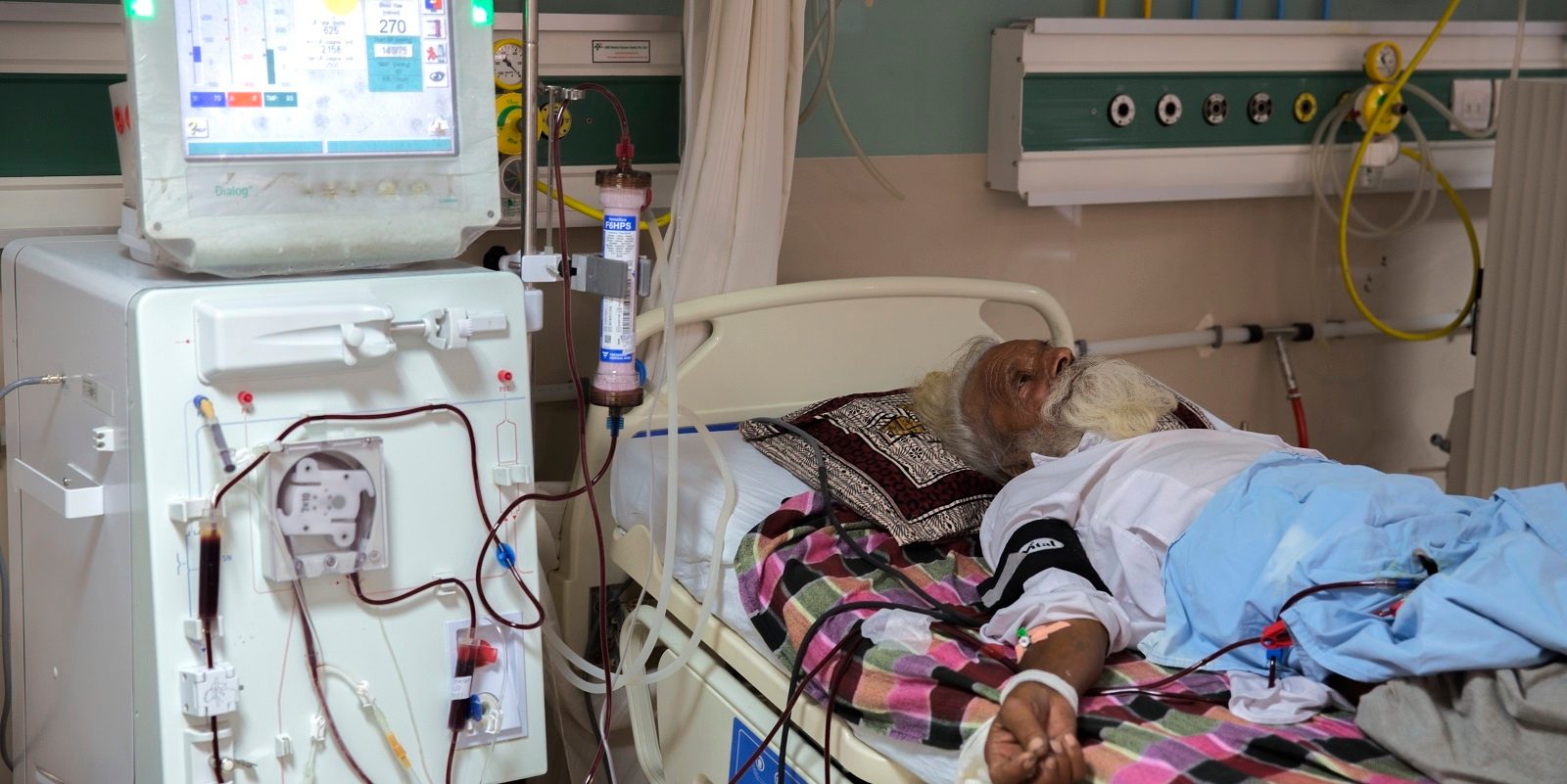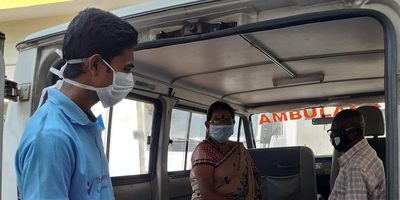
Haemodialysis Unit Preparedness Checklist developed to deliver safe dialysis during and after COVID-19 pandemic
NEW DELHI, APRIL 20. The COVID-19 pandemic and the lockdown have challenged the resilience of the Indian healthcare systems as never before. The focus on how to protect the population from the contagion has adversely affected continued care of large number of Indians with pre-existing health conditions.
The worst affected are patients with end-stage kidney failure who need to receive dialysis treatment at dialysis centres every 2-3 days to survive due to unavailability of transport, and closure of dialysis units. Further, the regular travel and constant human interaction with dialysis staff, other patients and caregivers increase the risk of transmission.
Health systems all over the world have developed guidelines to ensure safe delivery of this life-saving treatment. The Indian Society of Nephrology and the Indian Ministry of Health and Family Welfare have also released guidance documents.
Recognising the need to convert these statements into discrete action steps, the Indian COVID-19 Kidney Health Action Group has developed a Haemodialysis Unit Preparedness Checklist. Dialysis unit administrators have been advised to use this checklist every day to ensure that the practices and principles on which the guidelines are based are internalised in the day-to-day working of the dialysis unit staff, patients and their caregivers.
"Interruption of this treatment is a death sentence for dialysis patients." Said Dr Divya Bajpai, a member of the Action Group
The group anticipates that the threat of coronavirus infection in the community is likely to stay In India for the foreseeable future.
According to Professor Narayan Prasad, the Secretary of the Indian Society of Nephrology - "The virus is likely to spread from the current locations to the periphery, including rural regions. All dialysis units need to follow practices that protect the patients and the staff, while ensuring optimal delivery of dialysis treatment."
The checklist describes the steps need to be followed at each step - from the arrival of patient to the unit to the end of dialysis treatment.
"This checklist should be used in conjunction with local policies and official guidance from health authorities or hospitals.” said Professor Vivekanand Jha, Executive Director of The George Institute for Global Health India and President of the International Society of Nephrology.
The document describes what needs to be done in case a patient or staff is found to be positive, so that dialysis units do not need to interrupt service. "COVID-19 is exposing the deficiencies in care delivery in countries with weak health systems. While our focus is India, this checklist is likely to be helpful to units in other countries at similar levels of development. COVID pandemic is forcing the global healthcare community and policymakers to anticipate and address the unique needs of different patient groups such as those with kidney failure." added Professor Jha.







